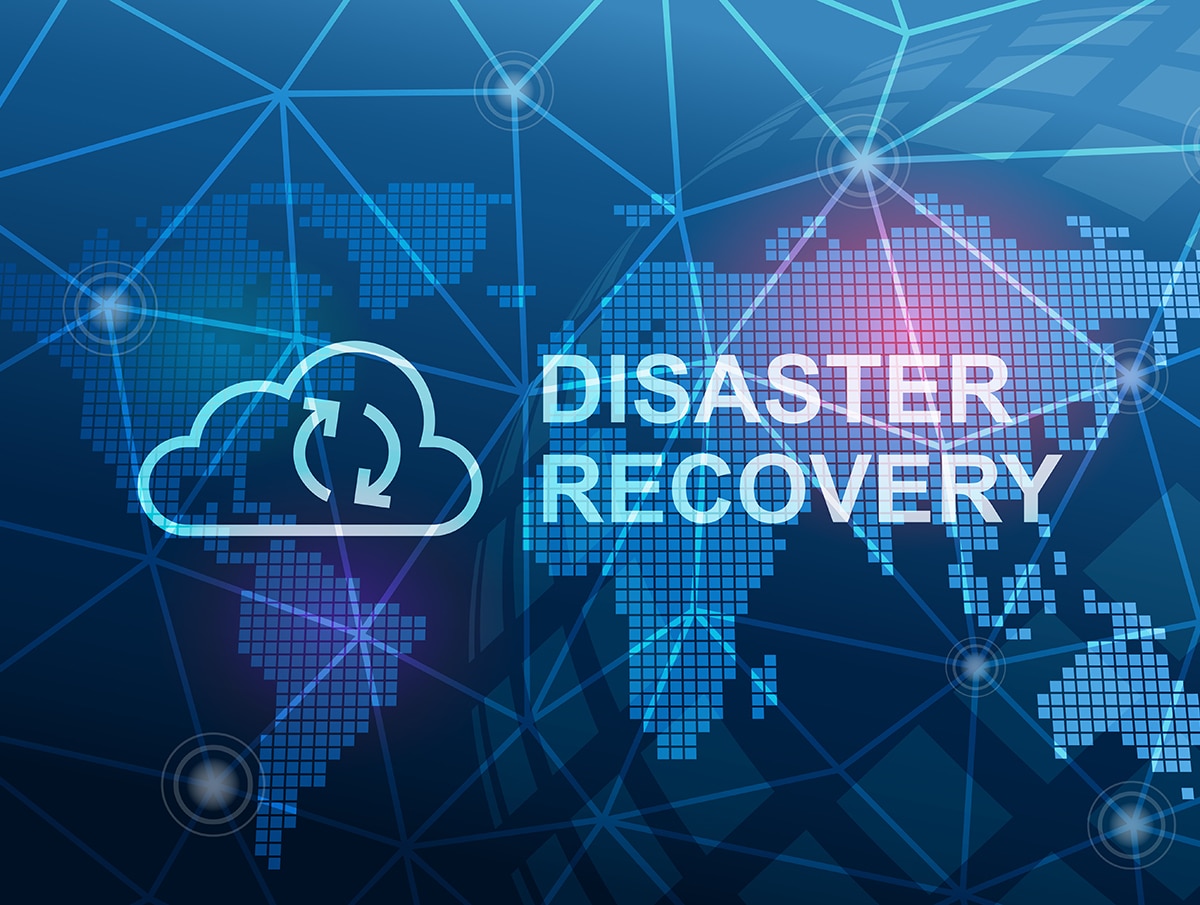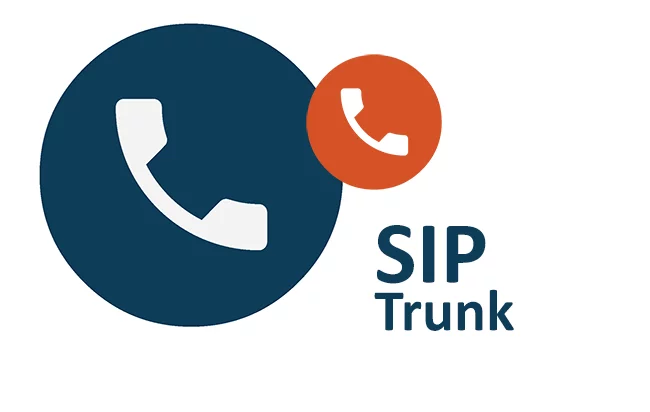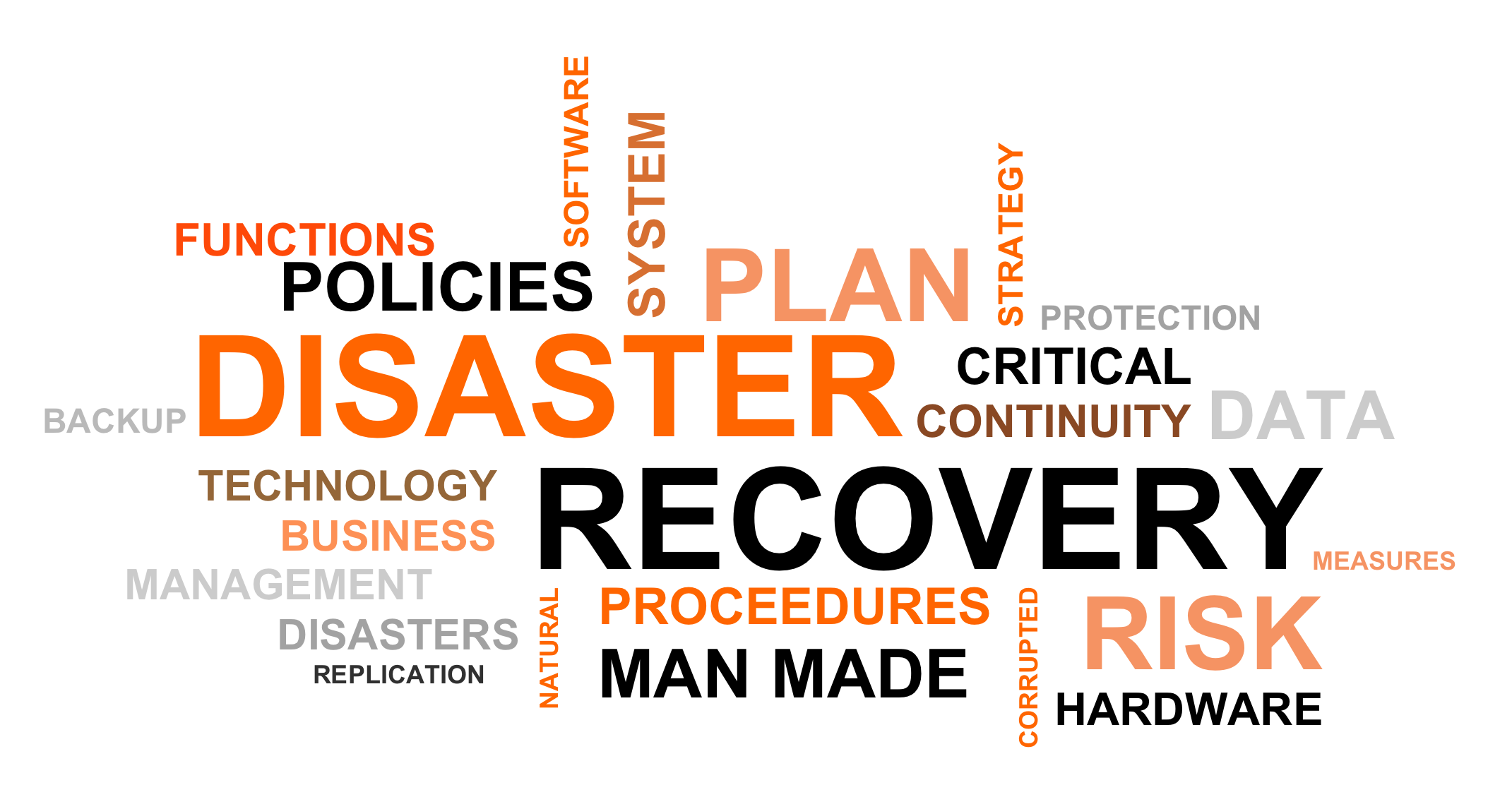
How to Build a Foolproof Disaster Recovery Plan
In today’s fast-paced digital environment, ensuring the continuity of operations is essential for businesses of all sizes. For small businesses, the consequences of a data loss event can be particularly severe, leading to lost revenue, diminished customer trust, and potential legal implications. This is where disaster recovery services for small business come into play. A well-structured disaster recovery plan (DRP) is critical for protecting your organization against unforeseen disruptions. This article will guide you through the steps to build a foolproof disaster recovery plan.
Understanding Disaster Recovery
Disaster recovery refers to the strategies and processes that enable a business to recover from disruptive events, ensuring minimal downtime and data loss. These events can include cyberattacks, natural disasters, hardware failures, and even human error. A solid disaster recovery plan outlines how to restore data, applications, and IT infrastructure after such incidents.
Importance of a Disaster Recovery Plan
- Minimized Downtime: A well-prepared DRP allows businesses to recover quickly, ensuring that operations continue with minimal interruption.
- Data Protection: A comprehensive plan safeguards critical business data, preventing permanent loss and ensuring that information is available when needed.
- Regulatory Compliance: Many industries require organizations to have a disaster recovery plan in place, helping to avoid legal complications and penalties.
- Customer Confidence: Having a solid disaster recovery strategy boosts customer trust, demonstrating that your business is prepared for unexpected challenges.
Steps to Build a Foolproof Disaster Recovery Plan
1. Conduct a Risk Assessment
The first step in building a disaster recovery plan is to perform a thorough risk assessment. This involves identifying potential threats and vulnerabilities that could disrupt business operations. Consider the following:
- Natural Disasters: Floods, fires, earthquakes, and other natural events can pose significant risks.
- Cyber Threats: Evaluate the risk of cyberattacks, such as ransomware and phishing.
- Hardware Failures: Assess the likelihood of equipment malfunctions or failures.
- Human Error: Identify processes that could lead to accidental data loss.
2. Perform a Business Impact Analysis (BIA)
A Business Impact Analysis helps you understand the potential effects of downtime on your organization. This analysis should identify critical business functions and prioritize them based on their importance to operations. Key components to consider include:
- Critical Data: Identify which data sets are essential for daily operations and customer service.
- Recovery Time Objectives (RTO): Determine how quickly you need to restore operations after a disaster.
- Recovery Point Objectives (RPO): Establish the maximum acceptable amount of data loss measured in time.
3. Develop a Comprehensive Disaster Recovery Strategy
Once you have assessed risks and conducted a BIA, it’s time to develop a disaster recovery strategy. This strategy should include:
- Data Backup Solutions: Implement robust backup solutions, including automated backups and offsite storage options. Consider cloud-based solutions for scalability and accessibility.
- Recovery Procedures: Outline step-by-step procedures for restoring data and systems after an incident. Ensure that all team members understand their roles in the recovery process.
- Alternative Work Locations: Identify backup sites where employees can work if the primary location is compromised. This is crucial for maintaining operations during a disruption.
4. Establish Communication Plans
Effective communication is vital during a disaster recovery situation. Develop a communication plan that includes:
- Internal Communication: Ensure that all employees know how to stay informed about the status of recovery efforts.
- External Communication: Prepare templates for communicating with customers, partners, and stakeholders to keep them updated on the situation.
5. Train Your Team
A disaster recovery plan is only as effective as the people who implement it. Regular training sessions ensure that employees are familiar with the plan and understand their responsibilities. Consider the following:
- Simulation Drills: Conduct regular disaster recovery drills to test the effectiveness of the plan and identify areas for improvement.
- Ongoing Education: Provide continuous education on new technologies and threats that could impact your disaster recovery strategy.
6. Regularly Test and Update the Plan
A disaster recovery plan is not a one-time endeavor; it requires regular testing and updates. Schedule periodic reviews of the plan to ensure its effectiveness and relevance. Consider:
- Testing Recovery Procedures: Regularly test backup and recovery procedures to ensure they work as intended.
- Updating the Plan: Revise the plan to reflect changes in technology, business operations, or regulatory requirements.
7. Choose the Right Disaster Recovery Services
When building a disaster recovery plan, consider engaging professional disaster recovery services for small business. These services can provide expertise and resources to develop and implement an effective plan. Look for providers that offer:
- Scalability: Ensure that the service can grow with your business needs.
- Expert Support: Choose a provider with a proven track record and excellent customer support.
- Comprehensive Solutions: Look for services that include data backup, recovery, and ongoing monitoring.
Conclusion
Building a foolproof disaster recovery plan is essential for protecting your business from downtime and ensuring continuity in the face of unexpected challenges. By conducting a thorough risk assessment, performing a business impact analysis, and developing a comprehensive recovery strategy, you can safeguard your organization against data loss and operational disruptions.
Investing in disaster recovery services for small business will further enhance your ability to respond effectively to crises, ensuring that you can maintain operations and customer trust. To learn more about how SequelNet can help your business implement effective disaster recovery solutions, visit www.sequelnet.com today.





